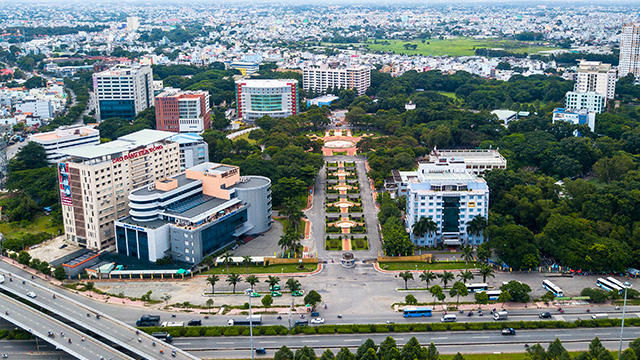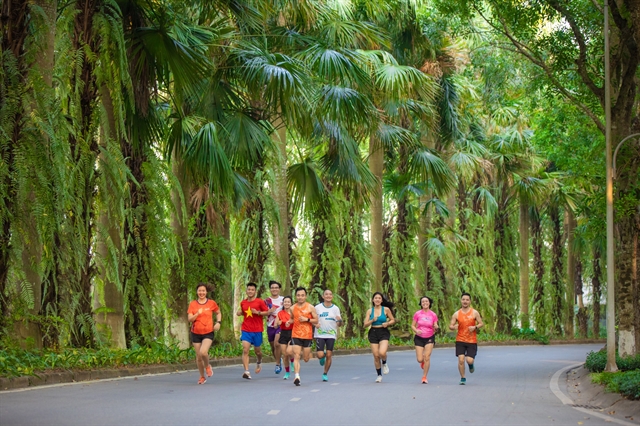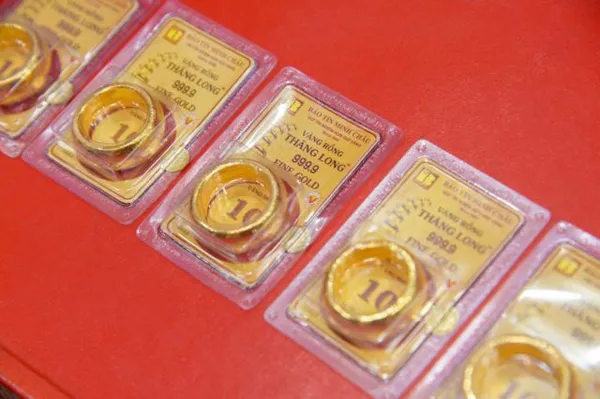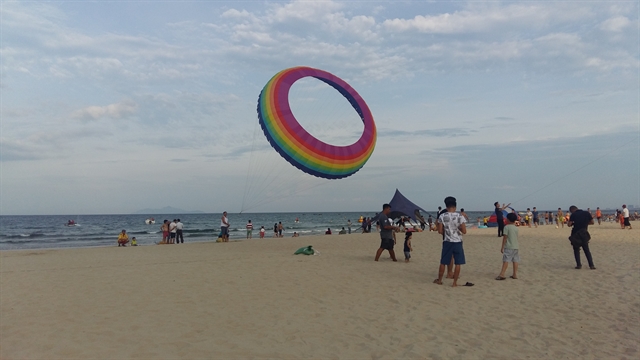 Life & Style
Life & Style

Điện Hải Citadel in the central city should be restored as an historical landmark to attract local and foreign tourists, according to the National Heritage Council.
 |
| Old plan: The layout of Điện Hải Citadel is shown at a seminar on the restoration and preservation of the structure. — VNS Photo Công Thành |
ĐÀ NẴNG — Điện Hải Citadel in the central city should be restored as a historical landmark to attract local and foreign tourists, according to the National Heritage Council.
Vice-chairman of the National Heritage Council, Đặng Văn Bài, said this at a seminar on restoration and conservation of the citadel. Twenty-five members the council agreed to recognise the
citadel as a National Special Relic.
Bài said it was impossible to fully restore the citadel due to a lack of original documents and designs.
He suggested the city should restore a part of the remaining architecture, including walls, trenches and gates, using technology (3D screen).
“The main structure has been damaged or encroached on by locals living nearby and other projects. We could only rebuild a small part of the citadel,” Bài said.
“The citadel may be the last monument in Đà Nẵng that symbolise the sacrifice of Đà Nẵng people and warriors in the fight against French-Spanish colonial forces in 1858-60.
“It’s also a link to the command of Nguyễn Tri Phương (1800-73), a famous general who commanded a Vietnamese army and civilians,” Bài said.
“The city, which has been pursuing economic growth and urbanisation, has neglected many ancient architectures. The structure is one of the last treasures of Đà Nẵng in a rapidly growing period,” he said.
Bài said the city still preserved the graveyard of French-Spanish coalition soldiers who died during the 1858-60 fighting.
Nguyễn Đức Tuấn, former director of the city’s Culture, Sports and Tourism, said all buildings built on the grounds of the citadel must be destroyed to recover parts of the ancient structure.
He said the three-storey museum of Đà Nẵng was a serious violation as it damaged the core zone of the citadel.
Tuấn said a national conference on the structure should be held to promote its value with the full participation of scholars nationwide and international experts. “The story of the fight at the citadel should be included in textbooks for students,” he added.
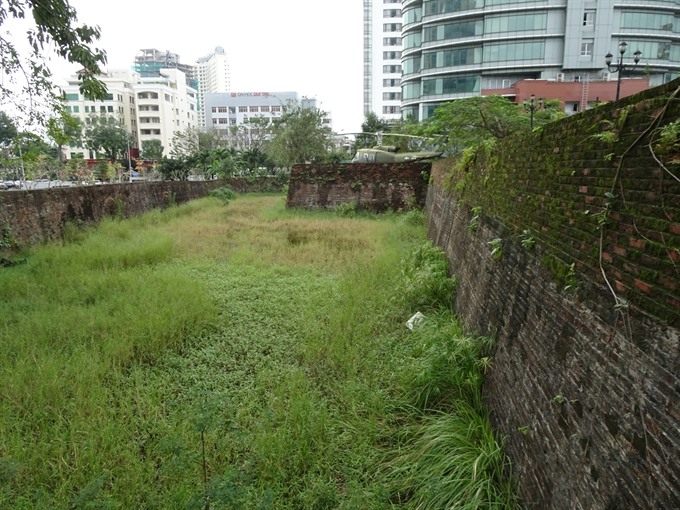 |
| What’s left: A section of two layers of walls and a trench at Điện Hải Citadel in Đà Nẵng. — VNS Photo Trần Lâm |
Director of the city’s Culture, Sports and Tourism department, Huỳnh Văn Hùng, said the citadel structure was changed by the development of buildings between 1895 and 2014.
He said a military hospital was built by the French on the citadel in 1895.
After 1975, the citadel was used as drug production factory for the central pharmaceutical enterprise.
Although the structure was recognised as a National Relic in 1988, many sections of walls and trenches of the citadel were damaged during the construction of a pharmacy store, Hùng said.
He said conservation and restoration of the citadel only began in 2004 after it was removed, but the city then built the museum of Đà Nẵng in the area in 2007.
Hùng said the historical value of the citadel was reviewed by the city in 2016 and the removal of residential buildings and households began early this year.
Điện Hải Citadel was first built as a military outpost in the twelfth year of King Gia Long’s reign (1813), near the mouth of the Hàn River, to control access to Đà Nẵng Port and serve as an important defensive position. It was renamed the Điện Hải Citadel in 1835, the fifteenth year of King Minh Mạng’s reign, after it was moved inland and rebuilt on a high mount in 1823, the fourth year of Minh Mạng’s reign. The citadel still has a moat between two brick walls and a cannon collection displayed outdoors. It has a total dimension of 653m, two layers of walls (5.64m high inner walls and 3.29m outside wall) and a trench system 21.15m wide and 3.29m deep. |
He said the restoration of the citadel will be done with help from architects, historians and archaeologists.
Phan Thanh Hải, director of the Huế Monuments Conservation Centre, said the citadel was designed by King Gia Long.
He said the restoration should be linked in with the city’s administrative centre as a tour route.
“A 3D demonstration of the citadel and the fight against French-Spanish coalition forces in 1858-60 will help visitor imagine the old citadel because most of the original structure of the citadel was
damaged,” Hải said, adding that the An Hải citadel, which was built on the other side of the Hàn River at the same time with Điện Hải, was even more badly damaged.
“The restoration of the relic aims to create a unique attraction to tourists,” he said.
Hải said the city hosted 6.6 million tourists, of which 2.3 million were foreigners, in 2017, but only 3 per cent came to the site.
He said once restored it should be able to generate revenue to help with restoration work.
Hải noted that the Huế Monument complex attracted three million tourists in 2017, earning VNĐ310 billion (US$13.7 million).
Hà Phước Mai, former director of Đà Nẵng Museum, said a big archaeology dig was needed to find historical artefacts.
Mai said a cannon was found during construction of a kindergarten building, but it was stolen. Last year, the city proposed that 11 iron cannons, which were cast during the Nguyễn Dynasty between
1802 and 1860 and unearthed at the Điện Hải Citadel between 1979 and 2008, to be recognised as a national treasure. — VNS
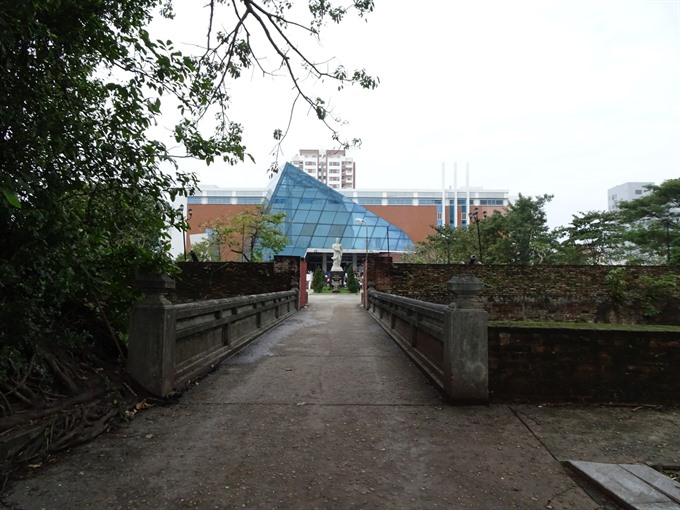 |
| Way in: An entrance at Điện Hải Citadel. Đà Nẵng Museum was built in the core zone of the old citadel. — VNS Photo Trần Lâm |
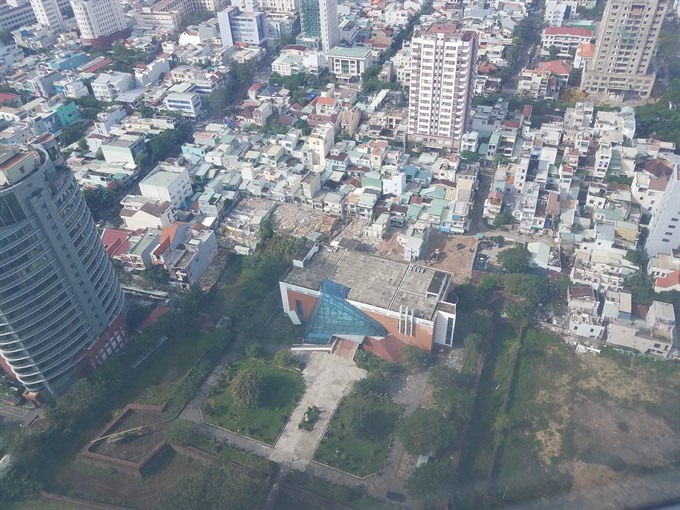 |
| Overview:An aerial shot of the citadel. The city hopes to restore the ancient citadel as a historical landmark. — VNS Photo Nga Sơn |



